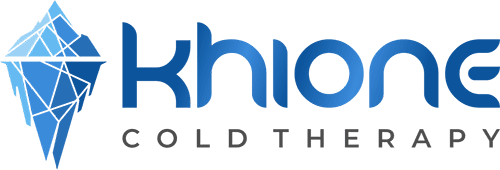Discover the transformative power of cold plunge therapy—a tool that not only speeds recovery but can also significantly enhance athletic performance when used strategically before competition. This innovative approach to physical conditioning leverages the chilling effects of ice baths to improve mental fortitude and metabolic
functions, making it a critical component of many top athletes’ training routines.
Enhanced Performance through Cold Exposure
Research has shown that pre-cooling the body can lead to remarkable improvements in exercise performance. Studies conducted by Stanford University’s Craig Heller, PhD, and Dennis Grahn, PhD, have uncovered that cooling the body prior to physical exertion can increase work output by up to 40% in bench presses and an astounding 144% in pull-ups (Grahn et al. 2005, Grahn et al. 2012). These findings underscore the potential of thermal regulation to significantly boost both athletic and cognitive performance, suggesting that mastering one’s internal temperature controls could be one of the most effective ways to enhance physical capabilities.
The Science Behind Cold Plunge Benefits
Cold exposure isn’t just for recovery. When used before exercising, it has been proven to facilitate quicker rehabilitation than traditional post-workout ice baths. Intriguingly, the speed of skin temperature recovery post-exercise correlates with superior cardiovascular fitness, as shown in studies involving athletes across various disciplines from running to cycling (Jastrzebska et al. 2022; Spannagl et al. 2023; Fenemor et al. 2022).
Yet, the application of ice baths in training regimes remains largely unexplored systematically. However, anecdotal evidence and isolated studies suggest significant potential benefits. For instance, the San Francisco 49’ers incorporated cold therapy into their training, illustrating the practical application of these findings in high-stakes environments such as the Super Bowl.
Mental and Metabolic Advantages
The mental grit required for high-level competition can be cultivated through disciplined cold exposure. David Goggins, known for his extreme athletic pursuits, exemplifies the potential mental benefits. Studies suggest that regions of the brain involved in resilience, such as the anterior midcingulate cortex, are enhanced through challenging activities like cold immersion (Huberman, 2021).
Furthermore, the metabolic impact of cold immersion includes mitochondrial enhancement and stimulation of endogenous ketone production, which are crucial for energy conversion and efficient mechanical work during physical activities. The interplay between cold exposure and mitochondrial activity helps in adapting to intense
exercises and could potentially support higher endurance and power during athletic performances.
Conclusion
Integrating cold plunge therapy into athletic training isn’t just about recovery—it’s a multifaceted enhancement strategy that prepares the body and mind for peak performance. Whether it’s building mental toughness or boosting metabolic function, the benefits of a calculated dip into icy waters before a competition are too significant to overlook. As research continues to evolve, the full scope of cold plunge benefits on athletic performance will become clearer, potentially setting new standards for sports training regimens.





